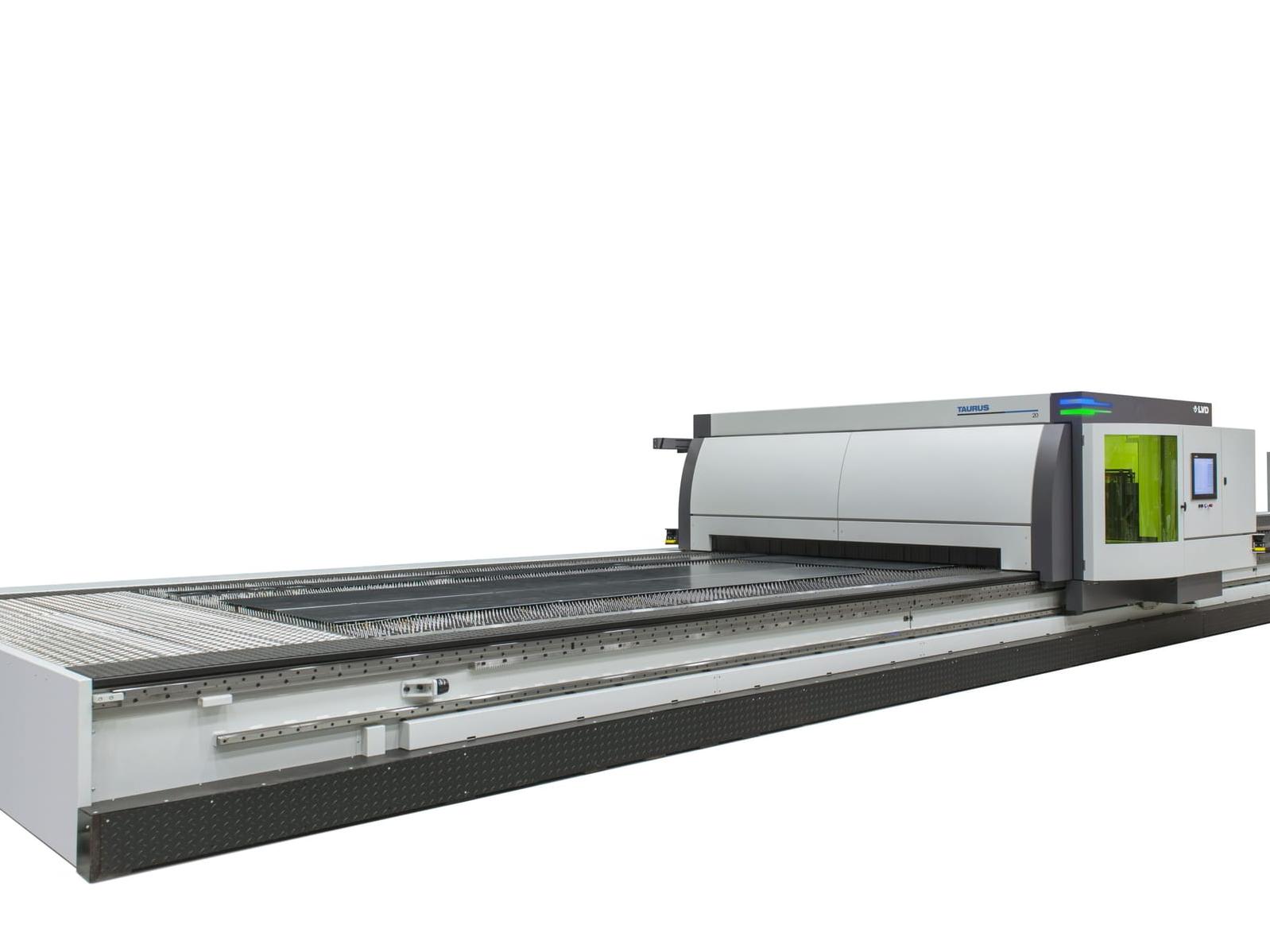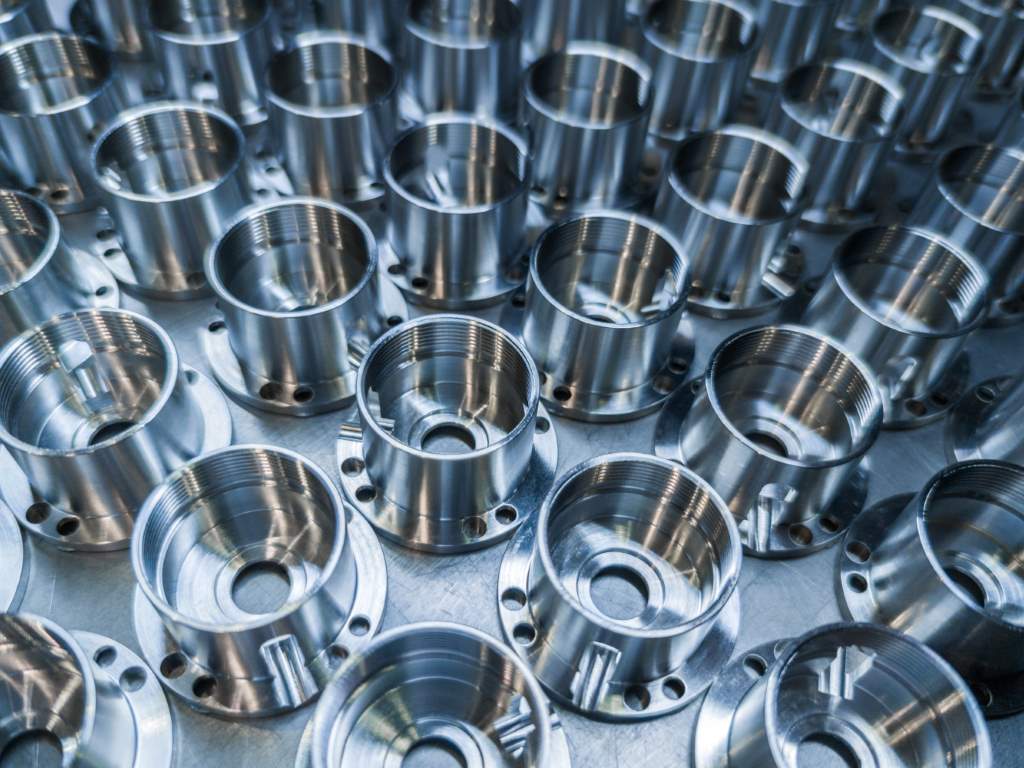Collision avoidance for complex tooling
Ingersoll Tools GmbH has been using Vericut NC simulation software since 1996 as the interface between NC programming and production. Thanks to the software, this full-service machining provider can load tools, clamp workpieces and start production without fear of scrapping parts or machine collisions. PES reports.
At Ingersoll’s Haiger headquarters in Germany, up to 90% of the tools produced are specials. Essentially, the company produces milling and drilling tools with indexable inserts in standard and special designs, re-grindable milling tools, carbide indexable inserts, HSS and carbide knives, tool holders, tool clamping devices, and thread whirling systems.
In addition to standard tools, Ingersoll – with its three German sites in Haiger, Vaihingen-Horrheim, and Wulften – develops milling cutters, drills, turning, and grooving tools according to customer requirements. Its products are used worldwide across industries such as aerospace, automotive, railway manufacturing, gearing technology, shipbuilding, and mould and die.
The Ingersoll workflow from design to machine is as follows: the tool is designed with Creo in 3D. The 3D models are then stored in the product data management (PDM) system and used by the NC programmers to develop the NC program, which is also carried out in Creo.
“No program goes into production without using Vericut,” says CAD/CAM manager, Susanne Klamma. “And in combination with our own software, ITM Builder, the simulation saves us a lot of time and worry.
"When programming the NC paths, the programmers select the required production tools from a central, proprietary SQL-based tool database. Then our in-house software is called up, which fully assembles the production tools. The NC program with all the required tools is then checked in Vericut for possible collisions. This is an essential part of our process chain.”
Finally, a program is called up that creates the setting sheet with all the information for the machine operator. Logistical information about the tool can also be extracted from the production planning and control (PPS) system.
Making it simple
Ingersoll reduces the complexity of its product development, project planning, and production by utilising digital end-to-end processes. This corresponds to the tight timeframes and high-quality standards the company maintains.
“As a first step, the NC programmer creates an NC program in Creo NC with the actual tool, such as the milling cutter or drill,” Ms Klamma explains. “They then receive support from our in-house developed ITM Builder software tool database when choosing the tool.”
ITM Builder selects the optimal combination of tools and holders for the production machine according to specific guidelines. Additionally, rules for assembling complete tools can be adapted to the needs and specifications of production and can be changed without modifying the NC program itself. Finally, the programmer brings up Vericut with all the necessary information from the ITM Builder interface.
"The machine and control are loaded with the NC program, the raw part, and the workpiece holder, and exact representations of the assembled tools,” Ms Klamma states. “At the Haiger site we mainly manufacture special tools in very small batch sizes and due to short delivery times, we cannot afford to produce rejects or spend a lot of time trying things out on the machine. Everything has to run collision-free immediately.
"When simulating the programs, it is particularly important to us that the NC program is simulated after the post-processor runs – and in the exact form that will be transferred to the machine. Every common NC programming system simulates the program, but always before the code is post-processed. This is why using Vericut as simulation software after this is so important to us.”
Integrate ahead with ICAM
The use of the combination of post-processor generation in ICAM software and NC simulation with Vericut has also proven particularly effective when using new CNC machines.
“ICAM offers the option of creating a generic post-processor using a questionnaire,” Ms Klamma affirms. “This is a great advantage when you’re starting with a new machine, since you don't have to start from scratch. Because the output of the post-processor is very easy to adapt, you can also easily integrate the required control commands for Vericut.
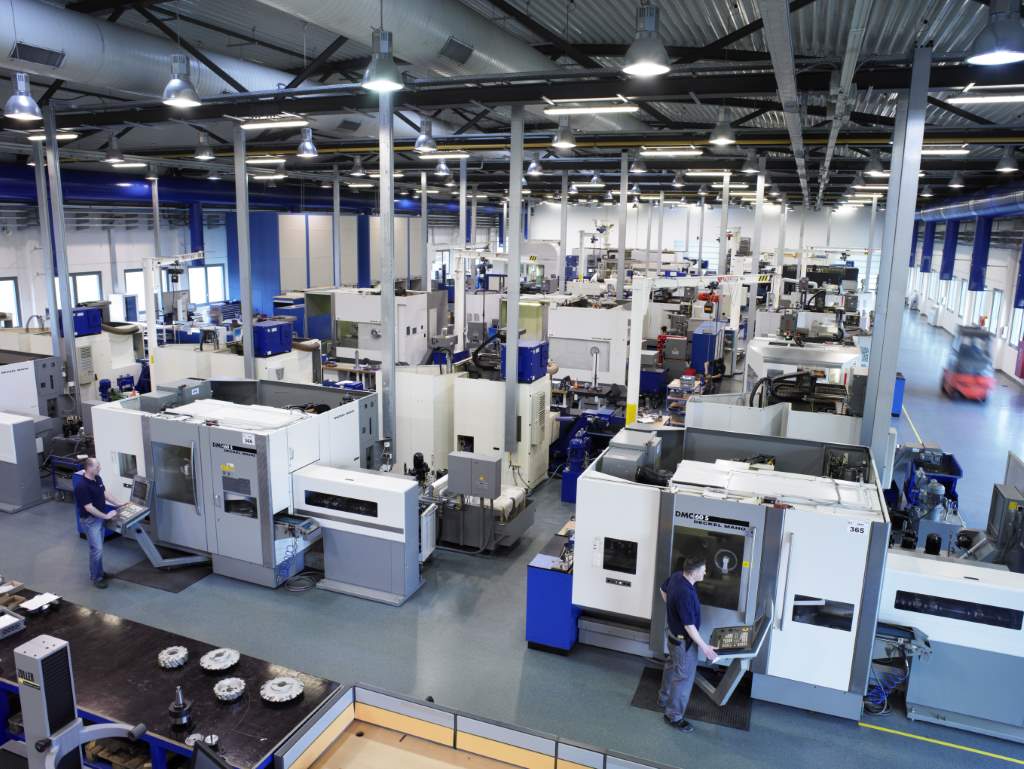
“When we order a new machine, I use Vericut simulation to test my post-processor in order to eliminate the worst errors even before the machine is physically commissioned.”
She continues: “Vericut offers us the necessary flexibility in our environment. For example, data from different CAM systems can be processed. More importantly, I can adapt the data for the machine to the exact needs of the operators.”
The goal when introducing Vericut at Ingersoll in 1996 was to establish a reliable machining process and simulation of tool movements, with the main focus being on the collision check of the 5-axis machining centres in addition to the machine simulation of complex machining programs. Almost all manufacturing programs at Ingersoll now run through Vericut’s simulation with verification and analysis.
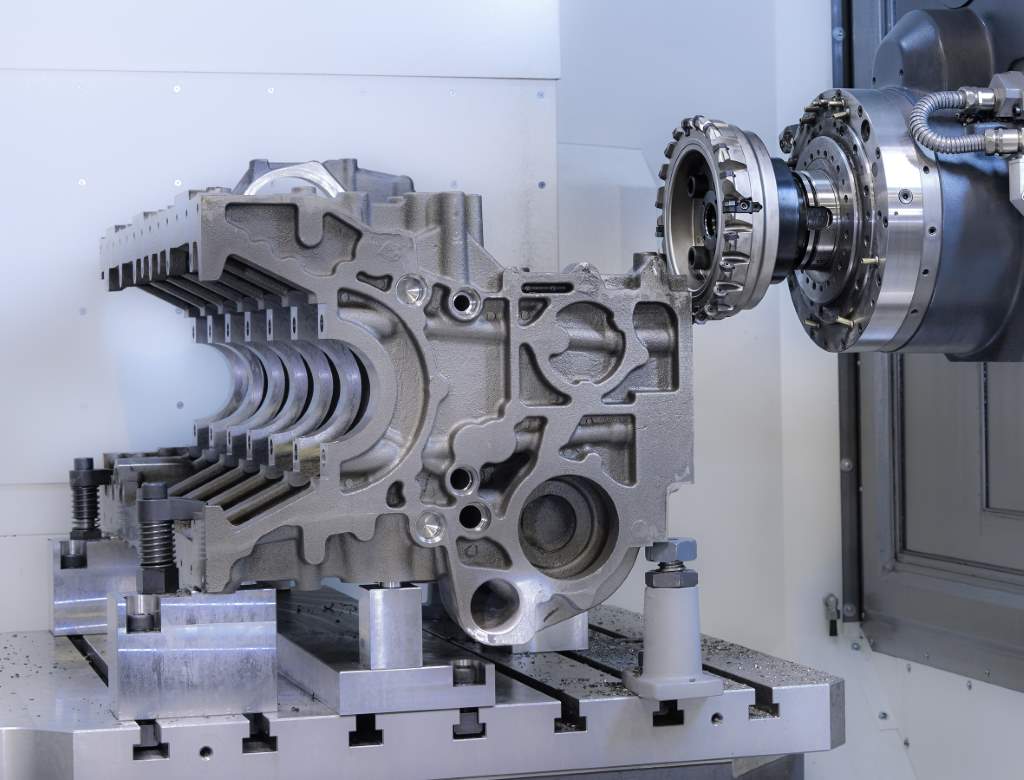
Producing more with Auto-Diff
Vericut’s Auto-Diff module has proven to be particularly effective in production. In the last step of creating the NC program, the machined workpiece is compared with the part from the design. With Auto-Diff, the NC programmer is then shown exactly where there are gouges or excess material.
“Vericut offers us another advantage that we firmly integrate into our process chain,” Ms Klamma continues. “Basically, the tools are always assembled to be as short as possible for more stability. The Vericut feature 'minimum cutter extension’ changes the extension length of our tools during the simulation, so if a collision is imminent, it can be avoided."
The ITM Builder reads this information and, if possible, pulls the tool out of the holder or exchanges the holder to get the necessary length. After the adjustment, another simulation is run in Vericut.
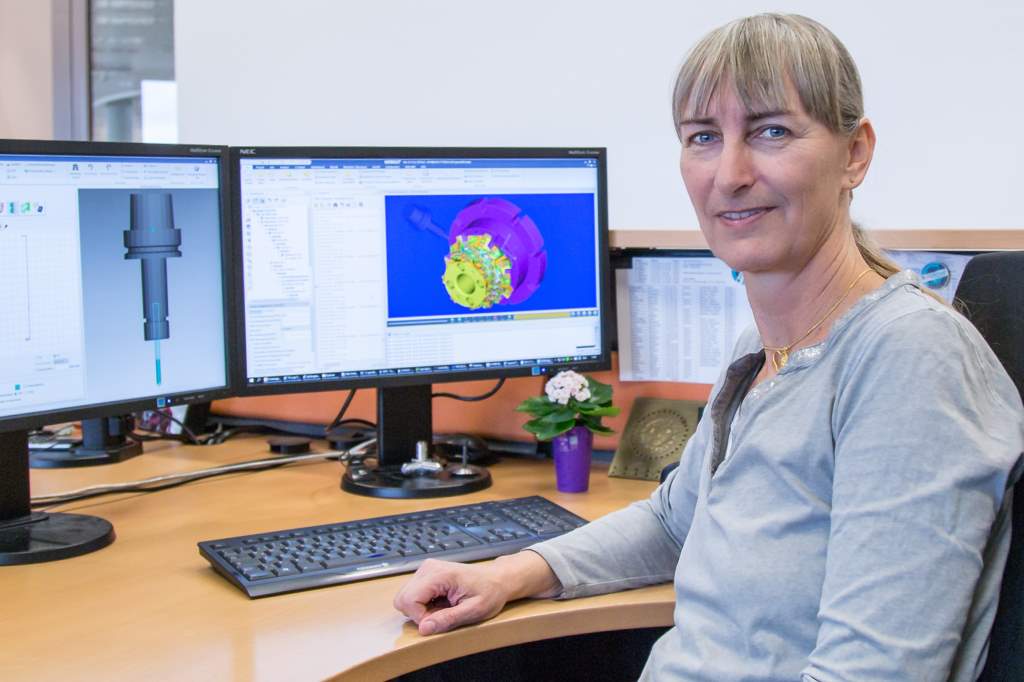
“This cooperation between Vericut and our software relieves the NC programmer considerably, since the adjustments are made automatically. We work here with a 3mm distance between workpiece and tool. Our tool presetting knows that the specified length of the tools must not be undercut. And the machine operator can rest assured that no collisions will occur,” Ms Klamma concludes.
CGTech
www.cgtech.co.uk





